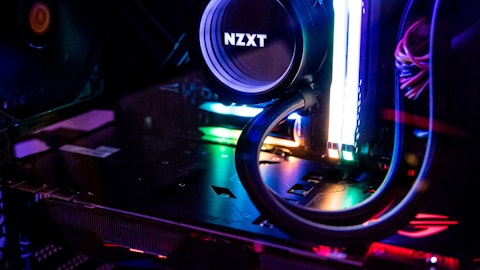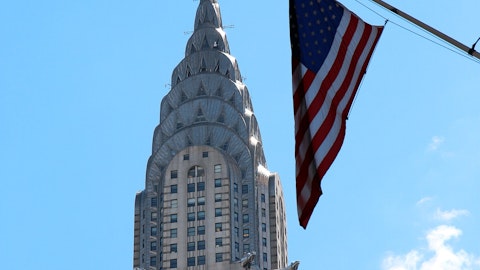4. Lowe’s Companies, Inc. (NYSE:LOW)
Number of Hedge Fund Holders: 53
Lowe’s Companies, Inc. (NYSE:LOW), the American home improvement retailer, is one of the best cyclical stocks to buy in 2022. On August 26, Lowe’s Companies, Inc. (NYSE:LOW) declared a $1.05 per share quarterly dividend, in line with previous. The dividend is payable on November 2, to shareholders of record on October 19. The dividend yield on October 5 came in at 2.13%.
On October 3, Jefferies analyst Jonathan Matuszewski raised the price target on Lowe’s Companies, Inc. (NYSE:LOW) to $259 from $255 and reiterated a Buy rating on the shares, noting that home maintenance and emergency repair offer “underappreciated downside cushion” if discretionary home improvement outlays slow.
Among the hedge funds tracked by Insider Monkey, Lowe’s Companies, Inc. (NYSE:LOW) was part of 53 public stock portfolios at the end of June 2022, compared to 65 in the prior quarter. Bill Ackman’s Pershing Square is the largest stakeholder of the company, with 10.20 million shares worth $1.8 billion.
Here is what Pershing Square Holdings specifically said about Lowe’s Companies, Inc. (NYSE:LOW) in its Q2 2022 investor letter:
“Lowe’s Companies, Inc. (NYSE:LOW)’s is a high-quality business with significant long-term earnings growth potential underpinned by a superb management team that is successfully executing a multi-faceted business transformation.
COVID-19 was a transformational event for the US housing market, causing homeowners to invest significantly in their homes as they shifted nearly all their daily activities to the home environment, including work, school, and leisure. The increased use of the home during COVID, in turn, increased the need for repair, maintenance and remodel activity, which significantly benefited Lowe’s same-store sales. As consumers return to spending more time and money on out-of-the home activities the near-term demand for certain Do-It-Yourself (“DIY”) categories has decreased. Moderation in DIY demand combined with increased mortgage rates and decreased housing affordability has caused many market participants to become concerned that the home improvement industry may give up a significant part of their COVID pandemic sales gains.
While we expect that there will be some near-term volatility and continued moderation of DIY demand, growth remains strong for projects requiring professional installation (the “Pro” business) due to a substantial backlog of projects undertaken during COVID, which should support industry growth in the near-term. In addition, we believe the medium[1]term growth outlook for the home improvement industry remains strong as demand is likely to normalize at a materially higher level as compared to the pre-COVID era. For the decade prior to COVID, home improvement industry sales were notably depressed relative to their long-term averages as a percentage of overall consumer spend and GDP and have only now returned to their longer-term historical levels. Moreover, we believe COVID has permanently renewed consumers’ focus, appreciation, and utilization of their homes, which combined with higher home equity values, strong consumer balance sheets, low levels of home inventory for sale and an aging housing stock that requires an increasing level of maintenance, will likely result in a structurally higher level of ongoing home industry spending in the future. In the most recent quarter demand strengthened throughout the quarter as DIY consumers returned from summer vacations and focused on less seasonal home improvement projects…” (Click here to read the full text)





